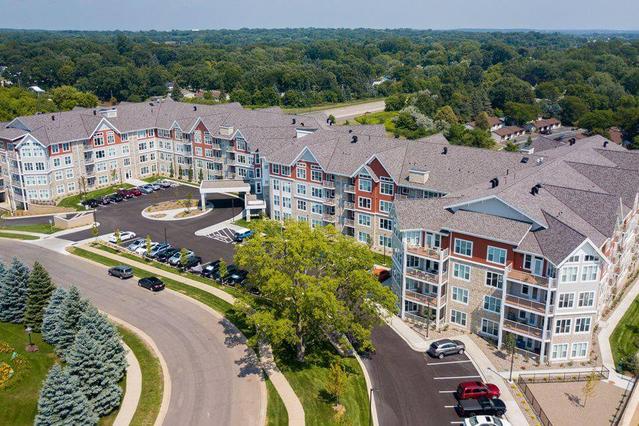
A New Tool to Create More Affordable Housing
The continued increases in the cost of living, paired with stagnant wage growth, has created a significant need for affordable housing throughout the country. While there is no silver bullet, the affordable housing industry has been provided with new means to develop and preserve affordable housing, thanks to federal policy changes as part of The Consolidated Appropriations Act, 2018, otherwise known as the Omnibus Spending Bill. This new tool, known as income averaging, provides developers with more flexibility in the use of the Low-Income Housing Tax Credit (LIHTC).
LIHTCs are a vital source of financing for affordable housing developments. First introduced in 1986, LITHCs have evolved over the past 30 years to become the single most important resource for creating and preserving affordable housing. The program operates by restricting rents and incomes to set percentage of the area median income (AMI), as established by the United States Department of Housing and Urban Development (HUD). LIHTCs have played a crucial role in the growth of the affordable housing market, and thanks to income averaging, they are more effective today than ever before.
Income averaging allows for affordable housing to serve residents with incomes ranging from 20 percent to 80 percent of the AMI. The result is that the average of all units’ income levels cannot exceed 60 percent. Prior to income averaging, 60 percent of the AMI was the highest income resident that could be served by the LIHTC program. Income averaging has made several new development types possible. The option to include 80 percent AMI units allows a project to be financially viable while simultaneously creating a form of private subsidy to serve lower income renters, and subsequently addressing the affordable housing crisis for a broader range of people.
Most U.S. states have agreed to allow developers to implement income averaging and the program is already yielding positive results. Community Housing Development Corporation (CHDC), a nonprofit developer and owner with more than 25 years of experience, hopes to utilize income averaging to further its mission of providing high-quality affordable housing. CHDC plans to use income averaging to help preserve 112 townhome units in a Project-Based Section 8 development built in 1979.
According to Dan Walsh, Vice President of Housing Development at CHDC, "There are a number of critical physical needs that cost more than the property has in reserves. Our primary goal is to secure funds for adequate renovation activities to preserve and reposition this affordable property for the long term.”
As a result, the development is working to receive an allocation of four percent LIHTC, which will go towards a construction budget of more than $65,000 per unit and extend the property’s affordability for another 20 years.
As CHDC prepares to place four percent LIHTCs on the project for the first time, it has come to their attention that approximately ten percent of the families will likely have incomes that exceed the 60 percent of the AMI level. However, if the development can utilize income averaging, it has the opportunity to minimize the impact on those slightly over-income families while preserving affordability.
At the completion of their development, CHDC will have successfully extended the development’s affordability while making substantial capital and energy efficient improvements. Without the ability to utilize income averaging, this project would be more dependent on other forms of soft funding and be exposed to the risk of losing part of its affordability.
Dominium is working with State Housing Finance Agencies to utilize income averaging on as many projects as possible. The ability to elect income averaging provides for the most flexibility on the operational side of the property and helps to ensure that it can remain competitive through future market shifts. Income averaging can also be an extremely useful tool to create more affordable housing. For example, we are currently in the process of re-syndicating an existing property that contains 50 market rate units in a highly rent burdened market. Through the use of income averaging, we will not only have the opportunity to convert these 50 market-rate units into much needed affordable housing, but will also be able to facilitate a significant rehabilitation of an aging asset. The result will be a mixed-income development that has the capital investment necessary to continue the affordability long into the future.
Options like income averaging make developing affordable housing more feasible in a time where it is desperately needed. The flexibility it provides developers with, and the diversity of the population this housing serves, makes income averaging a valuable tool.
To learn more about how Dominium utilizes income averaging, please visit the Dominium Newsroom.





